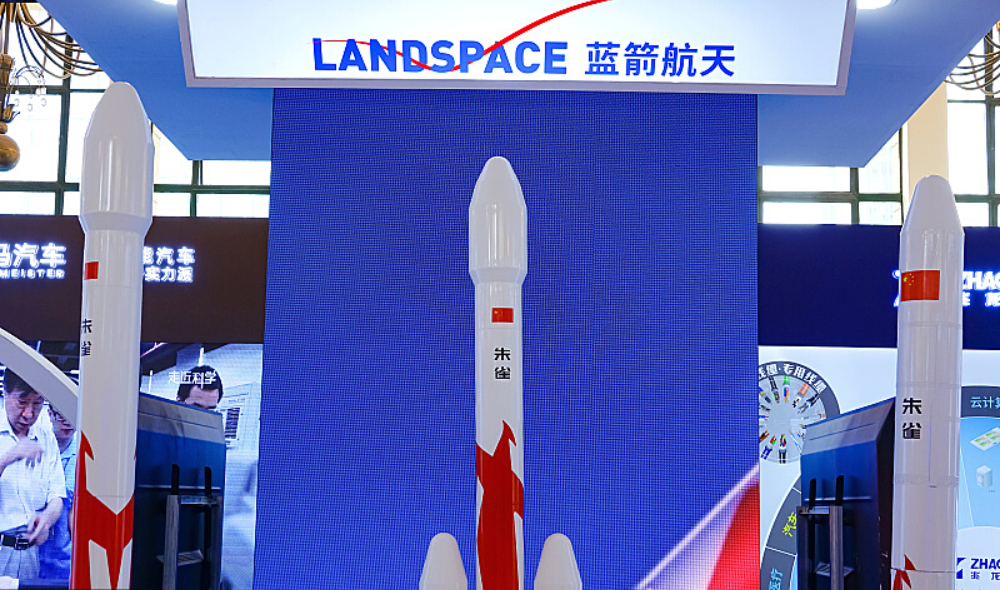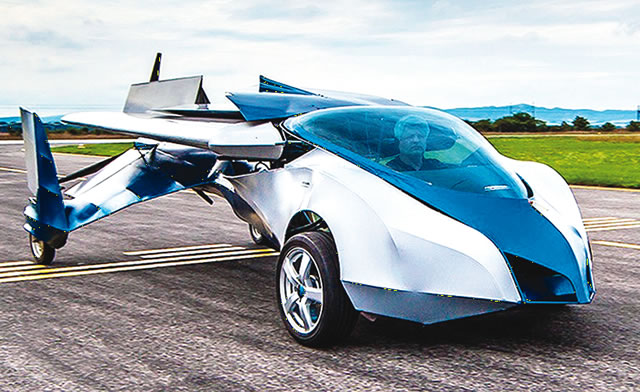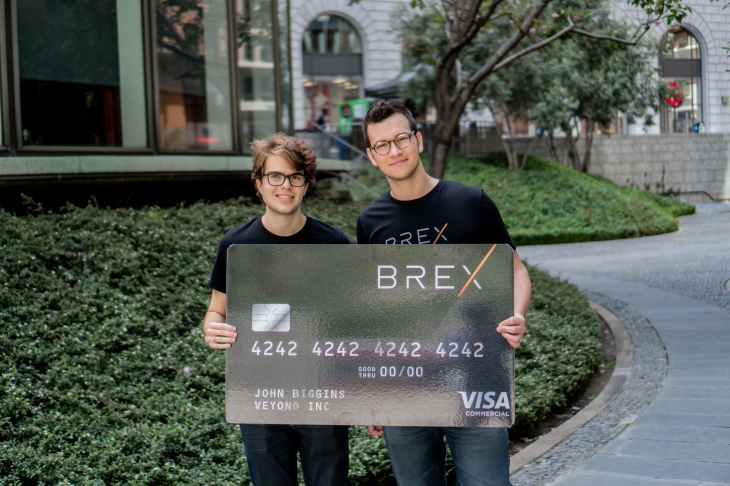A Chinese startup called LandSpace Technology Corp has launched a methane-powered rocket, handily beating Elon Musk’s SpaceX. According to South China Morning Post, two US businesses, including SpaceX, with similar technologies tried and failed earlier this year, putting China at the forefront of space technology.
The first ever methane-powered rocket, LandSpace’s Zhuque-2 lifted off from the Jiuquan Satellite Launch Centre in the Gobi desert at 9 a.m. on Wednesday to place a test payload in a sun-synchronous orbit (SSO).


Previously, in December of last year, LandSpace attempted a launch, but the rocket’s second stage malfunctioned and it was unable to enter orbit, as previously reported by Interesting Engineering.
The rocket was fueled by methane
With a height of 162 feet (49.5 m) and a diameter of roughly 11 feet (3.35 m), the Zhuque-2 (ZQ-2) is a liquid-propellant carrier rocket with two stages. Both stages have their custom-built engines.
Four liquid oxygen methane Tianque-12 [TQ-12] engines, each capable of producing 268 metric tonnes of thrust, power the first stage, while a single TQ-12 and a tandem TQ-11 power the second.
Methane has a theoretical specific impulse (a measure of the engine’s effectiveness in creating thrust) that is higher than kerosene’s while having a density that is 20 percent lower.
Read More: TikTok Launches Music Streaming Platform
In addition, the engine needs to be cleaned thoroughly before it can be used again after being run on liquid kerosene. Methane is a highly volatile and clean-burning fuel that can extend the life of a rocket engine and lessen the amount of effort required in post-recovery.
Methane and oxygen share a similar boiling point, therefore they can be stored in the same room without the need for a partition. Because of this, the rocket’s designers were able to increase the cargo capacity while decreasing the rocket’s overall weight.
Defeating the United States, China
ZQ-2, also known as Rosefinch 2, was successfully launched, and a four-ton satellite was successfully placed in SSO. This can be extended to six tonnes for Earth-orbiting spacecraft.
According to the SCMP, LandSpace has plans to upgrade the TQ-12 engine and replace the TQ-11 with the TQ-15A, which can generate 80 tonnes of variable thrust. These enhancements will help bring the ZQ-2 up to SpaceX’s level of performance by boosting its payload capacity and decreasing launch costs.
SpaceX and another US firm, Relativity Space, also revealed methane-powered rockets, but neither of them was successful in their first attempts to launch into orbit. There is no certainty that the “over a thousand” improvements SpaceX made to Starship before its second launch attempt would result in a successful mission, just as there is no guarantee in rocket science.
Similar to quantum computing and hypersonic flight, China’s space ecosystem has made great strides in recent years, and the fact that this accomplishment was done by a Chinese entrepreneur rather than a government-funded space agency is indicative of this.
It’s not simply Elon Musk’s fault that China is now racing ahead of the United States in technology instead of lagging.




